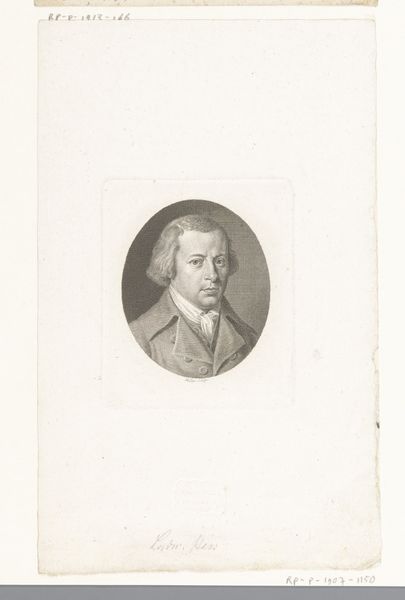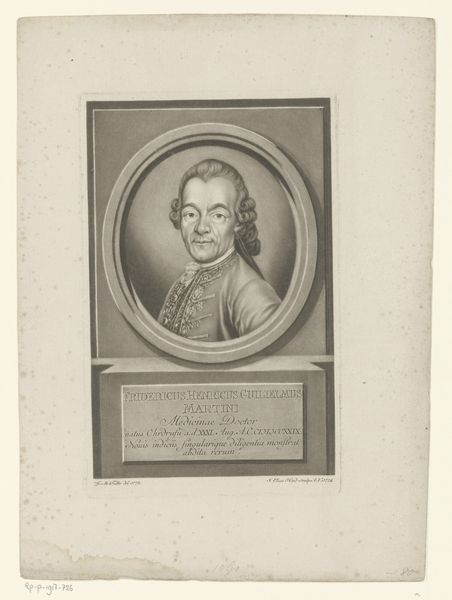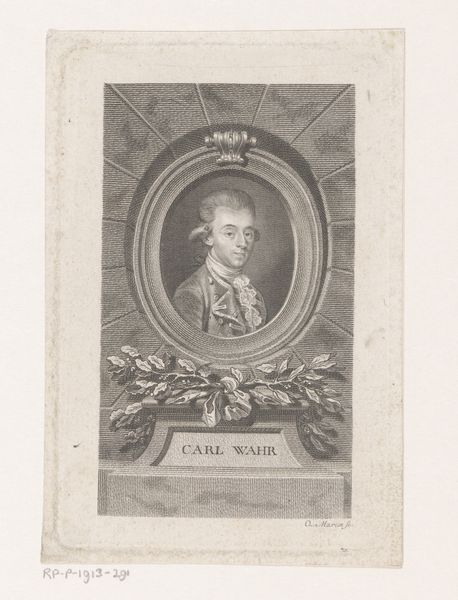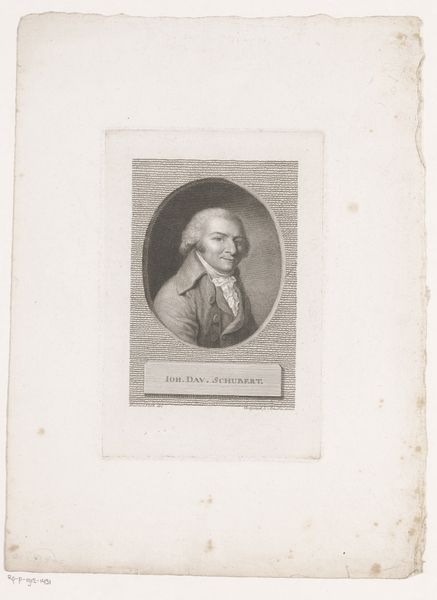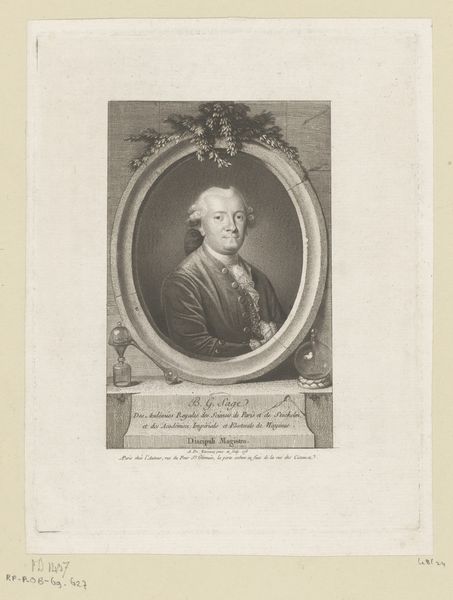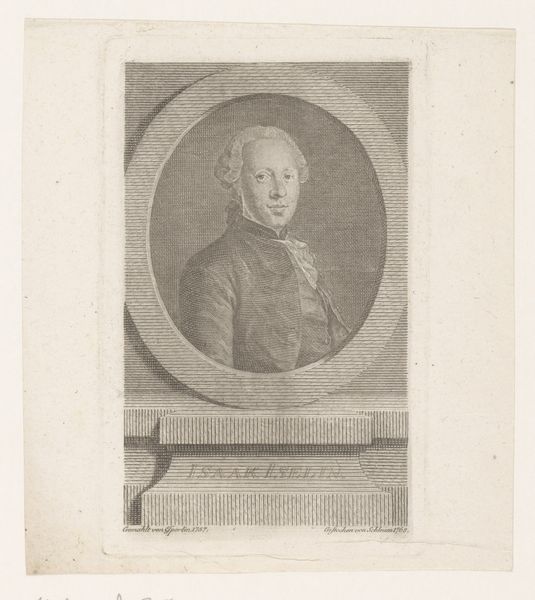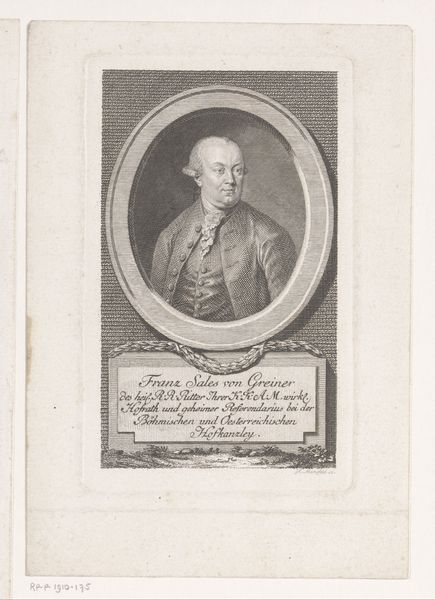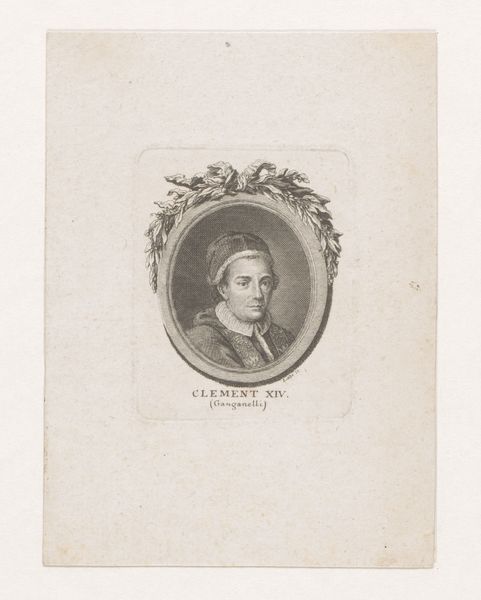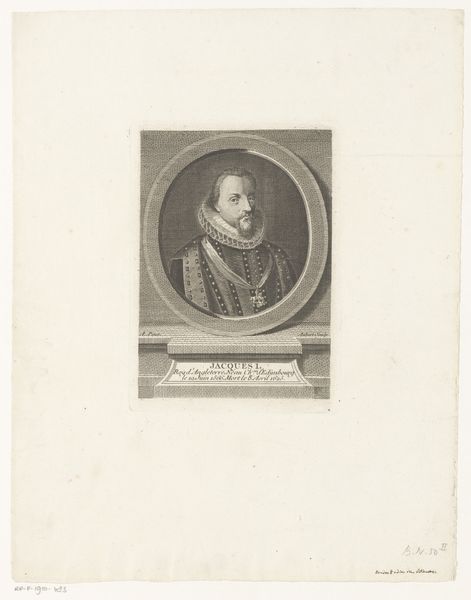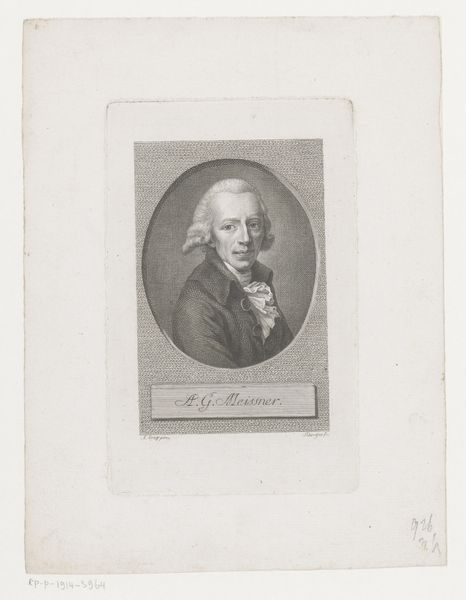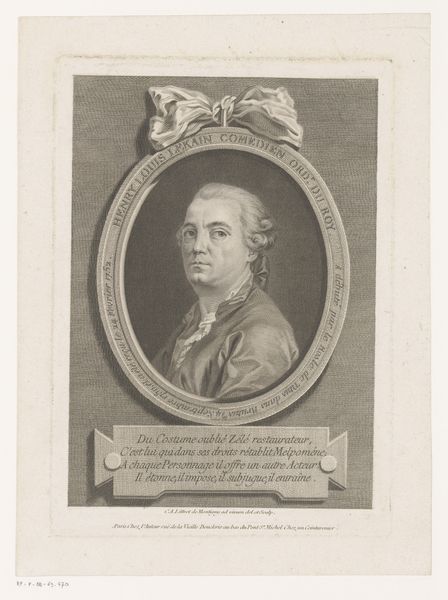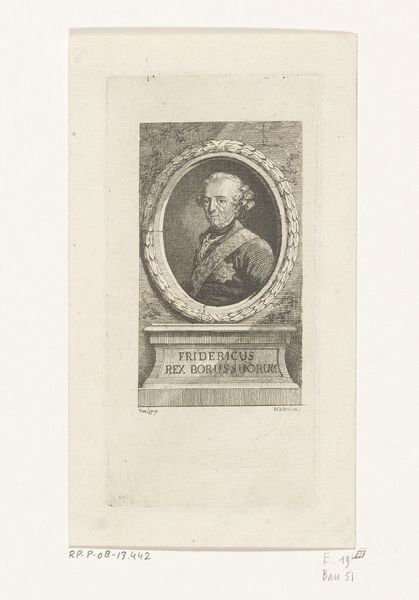
print, engraving
#
portrait
#
neoclacissism
# print
#
old engraving style
#
history-painting
#
engraving
Dimensions: height 170 mm, width 117 mm
Copyright: Rijks Museum: Open Domain
Curator: Let's turn our attention to this print, "Portret van Ludwig Hess," created sometime between 1800 and 1817 by Johann Heinrich Lips. It resides here at the Rijksmuseum. Editor: Immediately, I'm struck by the texture achieved in the engraving. It looks so meticulous, almost like fabric in itself. There’s a clear attempt to portray not just likeness, but a specific quality of light hitting his face and coat. Curator: Absolutely. The print medium itself is crucial. This was the age of Enlightenment, and prints like these played a vital role in disseminating imagery and ideas, democratizing art, if you will. These kinds of engraved portraits became ubiquitous in bourgeois society. Editor: Which meant the accessibility of materials, techniques, and dissemination were central to its impact. How many impressions could a plate like that realistically produce before degrading? And how was Lips himself positioned within the market for portraiture at the time? Curator: Lips was well-situated, deeply embedded in the artistic and intellectual networks of the time. We need to consider the socio-political context; prints allowed images of important figures like Hess to circulate widely. Consider how the image then functions in shaping the viewer's understanding. Editor: You're right to point out his positioning. I was going to mention something similar – how this image creates the idea of respectability but what really fascinates me is the actual, physical act of its making. How did the engraver ensure precision? What tools and workshops were involved in creating something designed for mass consumption yet requiring specialized craft? Curator: A key consideration, yes. Ultimately, Lips' print provides insight into a specific era. The subject, Hess, gains visibility and lasting representation because the printing processes permitted wider accessibility, which in turn influenced historical narratives and artistic value. Editor: Reflecting on this engraving then, I'm reminded how the act of image-making in itself speaks volumes about the period and the technologies employed, not just what is being represented. Curator: Agreed. And considering it’s presence here in the Rijksmuseum speaks further about what society values and chooses to remember, beyond the purely aesthetic qualities.
Comments
No comments
Be the first to comment and join the conversation on the ultimate creative platform.
